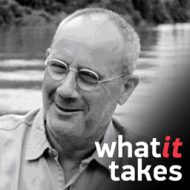Many of our common medicines were first discovered from plants, later synthesized to make them more available. But in the Amazon, for example, there are 80,000 species of plants. To give you some measuring rod, New England has only 1,900. 80,000 species!
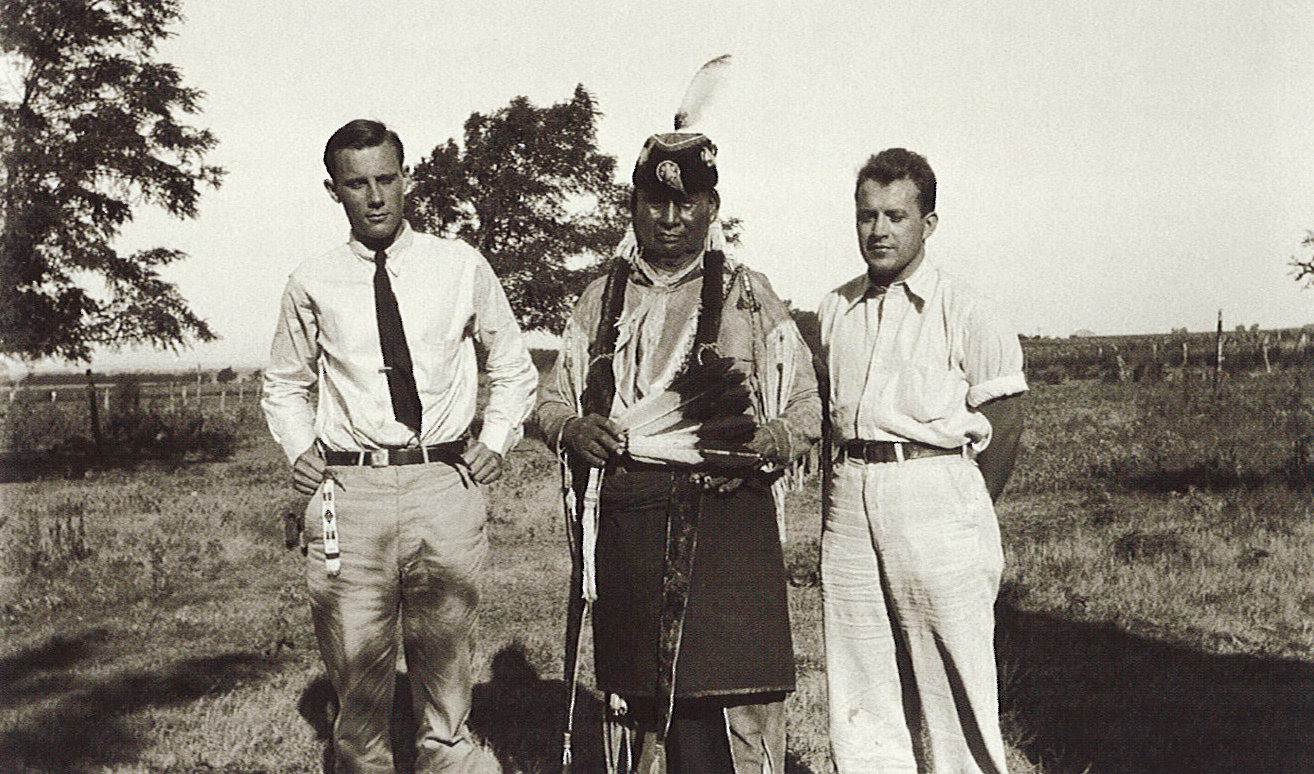
Dr. Richard Evans Schultes was born in Boston, Massachusetts, the son of German immigrants. He first showed an interest in plants on his uncle’s farm, amassing an impressive collection of New England flora. This boyhood fascination waned as he grew older, replaced by a desire to become a surgeon. While at Harvard, however, his nascent medical career was nipped in the bud by a professor — Dr. Oakes Ames. Ames taught a course with the prosaic title, “A Practical Introduction to Useful and Harmful Plants.” While the title may have been mundane, the course and its teacher most emphatically were not. Ames perceptively noted his student’s botanical gifts, and deliberately set out to engage Schultes’ interest. He succeeded. In a matter of days, he had rekindled the embers of Schultes’ early interest in plants into a blaze that utterly consumed his plans for a medical career. Schultes would be a botanist.
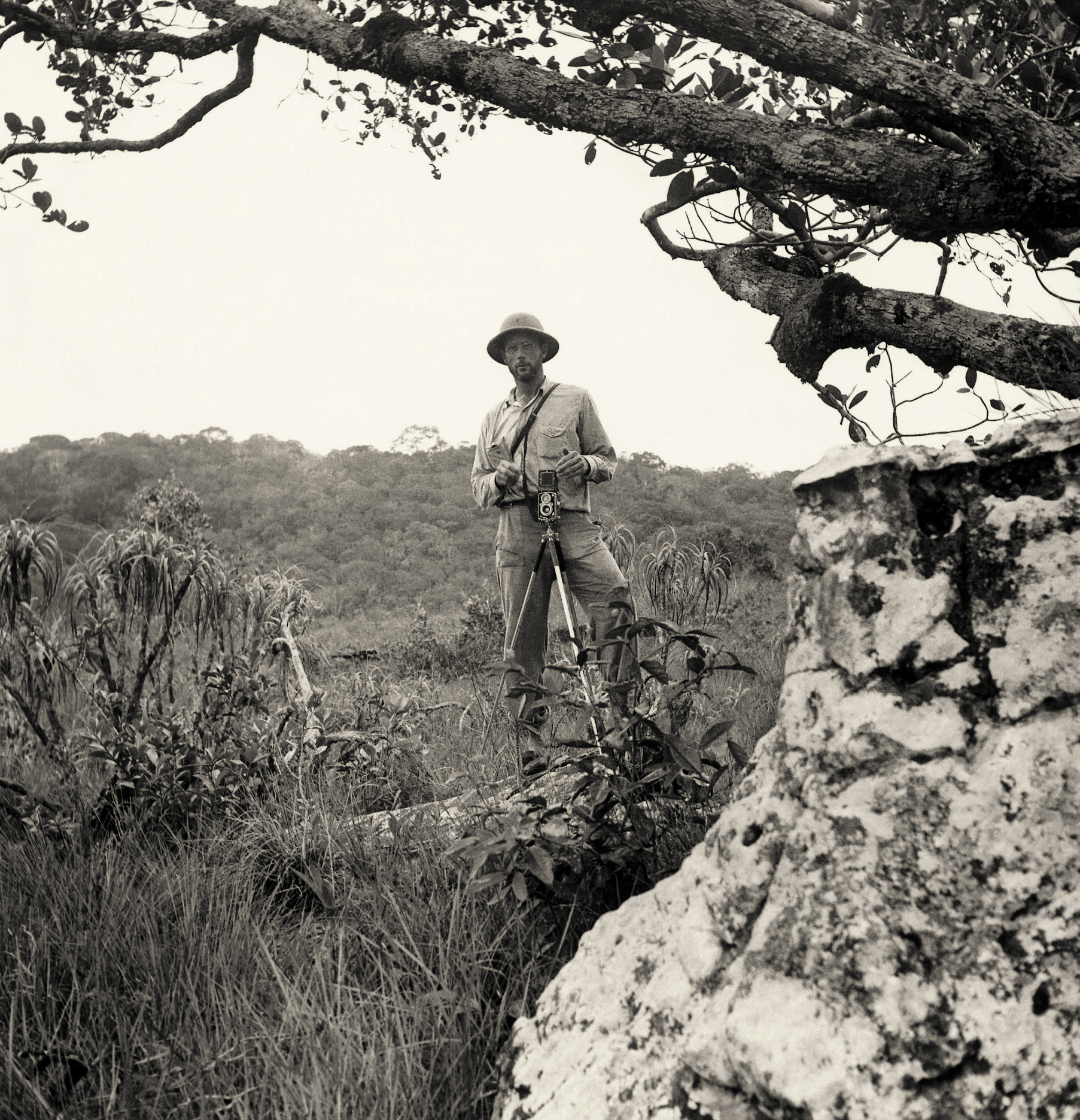
In 1941, the National Research Council awarded Schultes a grant to visit Colombia and study the effects of arrow poisons used by the indigenous population. He was still in Colombia, exploring possible medical uses for the deadly arrow poison curare when the Japanese attack on Pearl Harbor plunged the United States into World War II. Schultes reported to the U.S. Embassy in Bogotá fully expecting to be drafted. Instead, he was sent back to the Amazonian rainforest to revive the region’s long-dormant rubber industry for the Allied war effort.

The close bonds Schultes forged with the native peoples during this period paid handsome dividends when he returned to purely scientific research at the conclusion of hostilities. His studies were no longer limited to rubber and poison research; he now sought and investigated any potentially useful plants. The immensity of this task was staggering. As Schultes noted, “To give you some measuring rod, New England has 1,900 species of plants. In the Amazon there are 80,000.” He knew that it would take an army of botanists hundreds of years to collect them all, and yet another army of pharmacologists a similar length of time to analyze their properties. But in a brilliant flash of insight, Schultes realized that in describing this apparently intractable problem, he had simultaneously hit upon its solution.
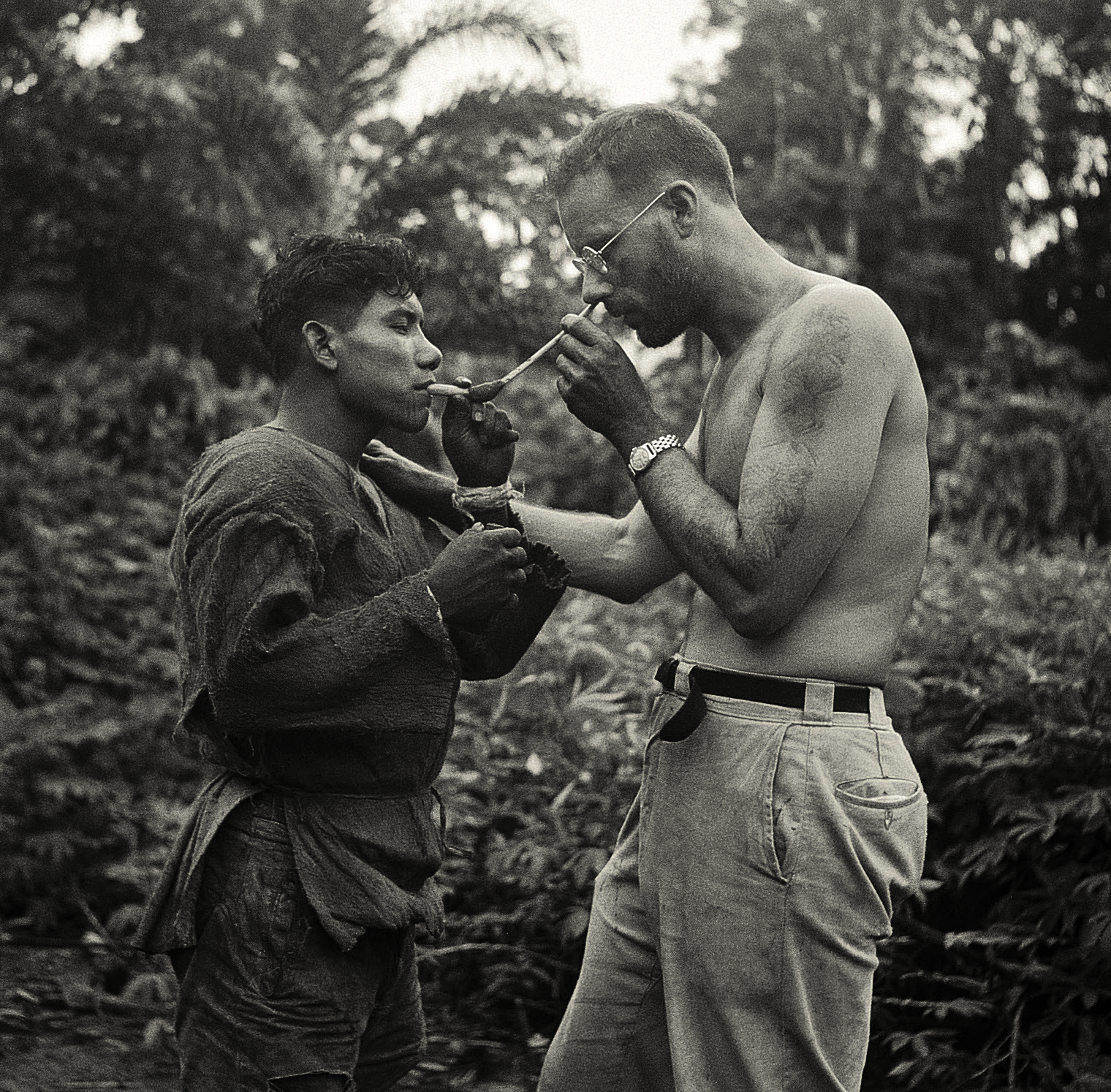
In fact, Schultes reasoned, armies of native botanists and medicos had been collecting and analyzing these plants, not merely for hundreds, but for thousands of years. Carefully noting what worked and what didn’t, they passed that information down from generation to generation. So Schultes recruited the past and present native peoples of Amazonia as his de facto field workers, taking their centuries of accumulated herb lore as the starting point for his own research.
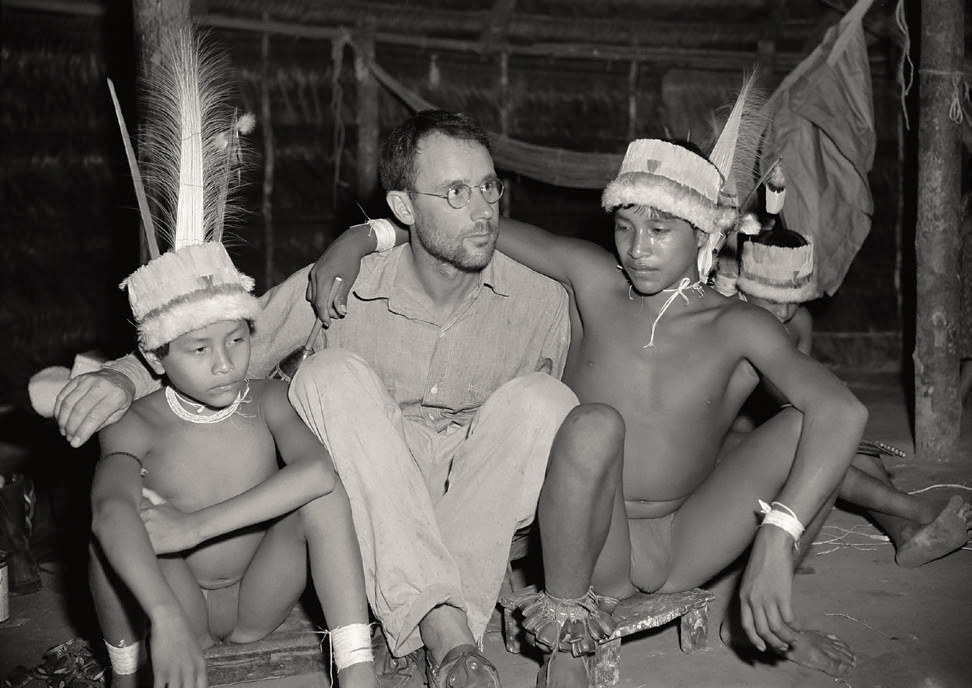
By concentrating on plants already shown to affect the human mind and body — including poisons, purgatives and hallucinogens — Schultes saved untold years of research. Whatever their uses in aboriginal societies, Schultes felt sure that they had at least the potential of yielding further secrets to modern science. His optimism was justified. For example, a diluted form of the deadly poison curare is now used as a muscle relaxant in surgery. Similarly, rotenone, a plant used in fishing, is the basis for a particularly effective and rapidly biodegradable insecticide.
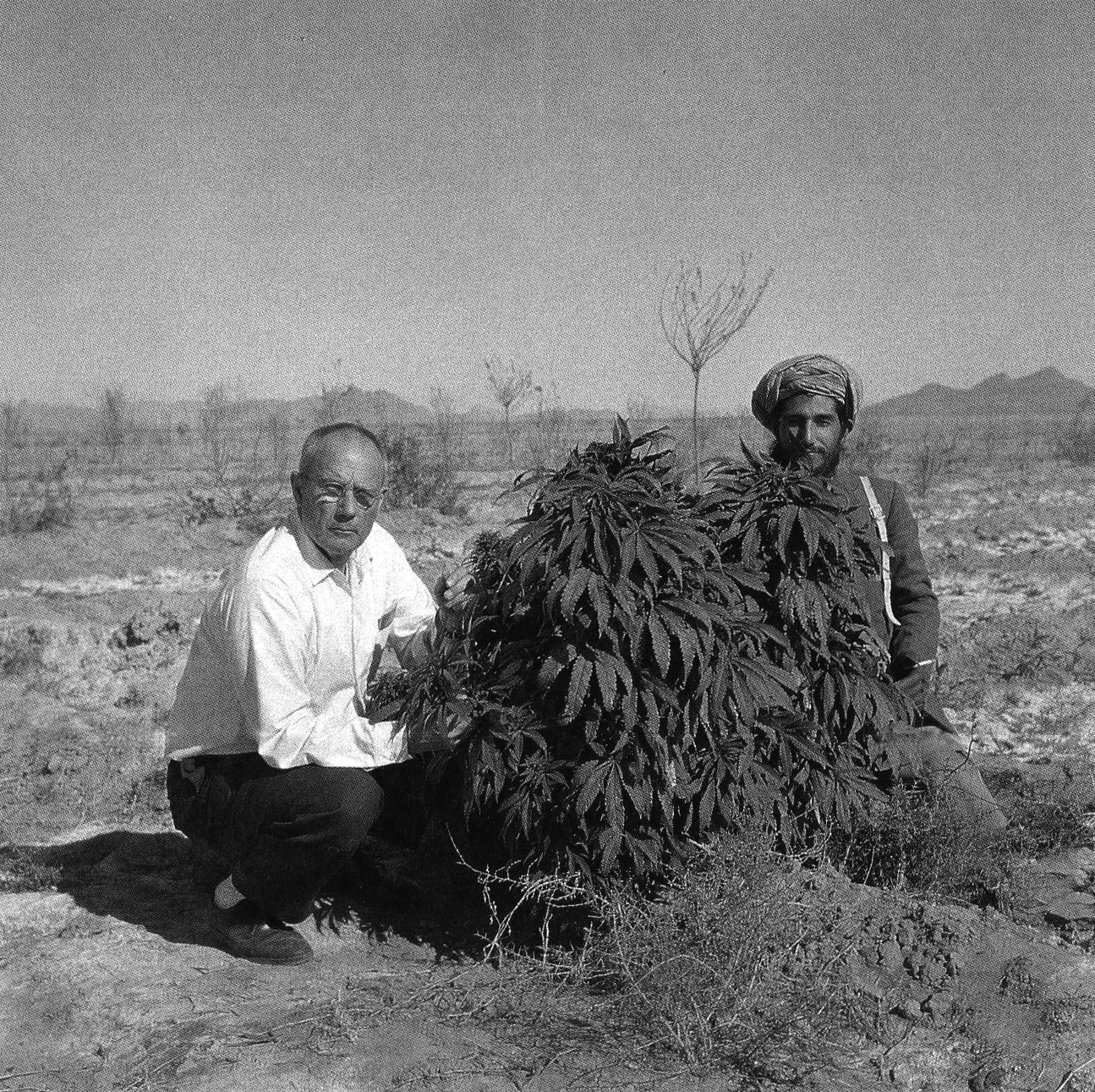
In his 50-year career, Schultes collected over 25,000 plant specimens and uncounted academic honors. The director of Harvard’s Botanical Museum, he received both the prestigious Tyler Prize and the World Wildlife Fund’s Gold Medal. In his honor, The Richard Evans Schultes Award is presented annually to a leading ethnobotanist. He also authored many important publications, at least one of which gained notoriety due to a bizarre and completely unintended effect. To Schultes’ everlasting astonishment and chagrin, one of his scholarly papers on hallucinogenic fungi spawned a Life magazine article entitled “Seeking the Magic Mushroom” that inspired Timothy Leary — America’s self-proclaimed guru of altered consciousness — to do just that. Schultes’ most enduring legacy, however, is surely the legion of gifted students he taught during his 27 years at Harvard following his return from South America. That generation built on his pioneering work to make ethnobotany a universally recognized and respected discipline.
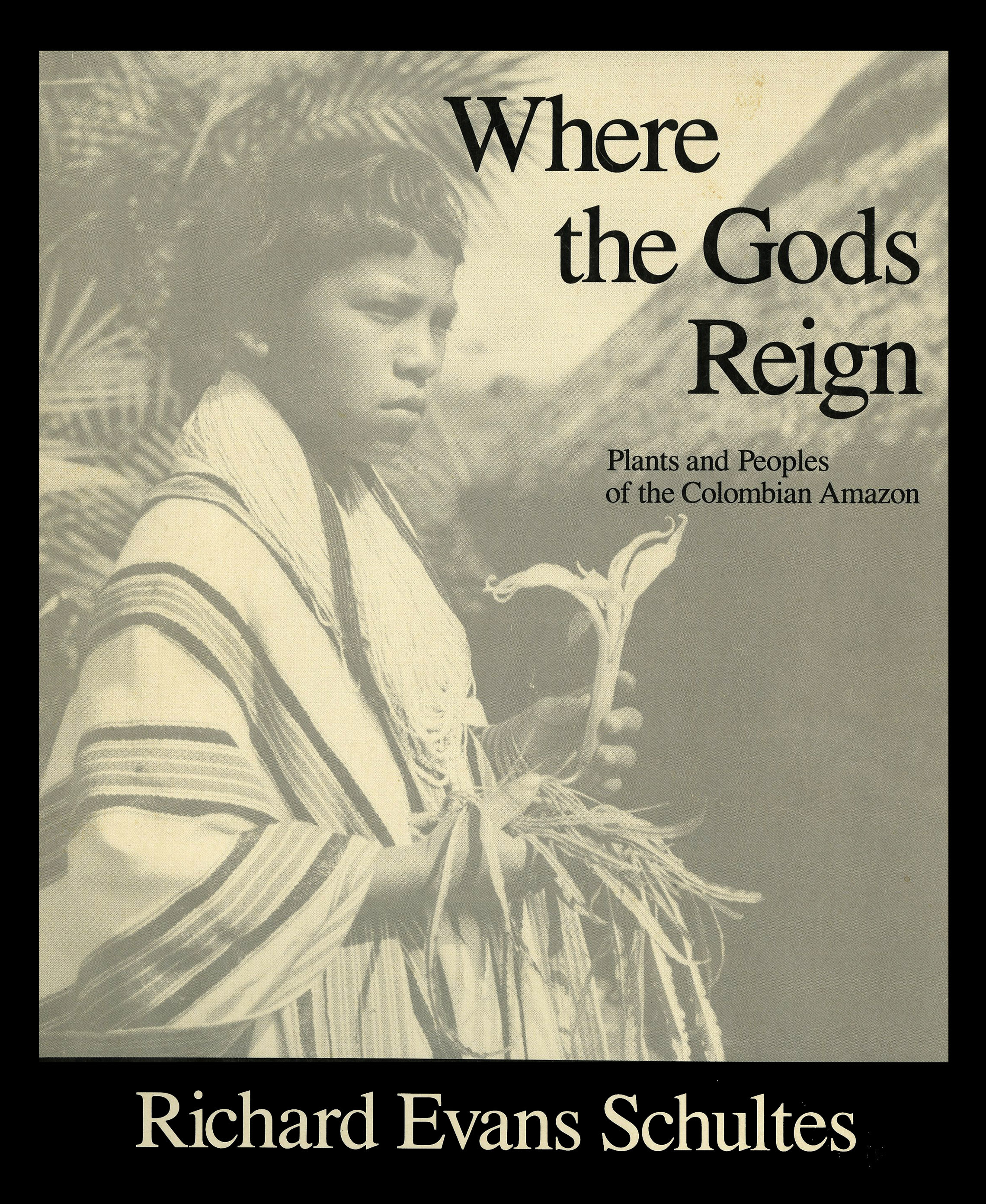
In recalling their mentor, those students invariably cite his kindness and encouragement, as well as his legendary encyclopedic knowledge. But sooner or later, they all mention his eight-foot Amazonian blowpipe, extensive collection of darts, and unerring ability to hit a tiny target at the back of a large lecture hall. And then they smile nervously, which may explain why, in more than a quarter of a century, there were no inattentive students in Dr. Richard Evans Schultes’ classrooms.
Professor Richard Evans Schultes demonstrates the eight-foot Amazonian blowpipe at Harvard University’s Museum of Comparative Zoology in Cambridge, Massachusetts.

“You are not going back to the States, you are going right down into the Amazon and try to get the Indians to tap wild rubber. The Japanese have taken over all of Southeast Asia — we have no more rubber, which is essential, especially for the heavy military planes.”
These were the orders given to a 26-year-old American botanist who had come to the Amazon on a one-year grant to study native arrow poisons. Richard Schultes answered his government’s call and soon revived the production of rubber in the Amazon. He remained after the war to conduct purely scientific research on all potentially useful plants of the region. He ended up staying in the Amazon for 13 years.
Despite Schultes’ repeated disclaimers, it was a voyage fraught with hardship, toil and danger. Blood poisoning, food poisoning and recurrent bouts of malaria were common occurrences. Hazardous journeys by foot, canoe, and aged airplanes were routine. Natives everywhere used arrows tipped with substances that could have killed him in an instant.
Thanks to the contacts he had made with local chiefs and medicine men, Schultes was able to tap into thousands of years of accumulated herb lore and identify dozens of plants with long-documented uses. This living tradition, passed down from generation to generation, saved him untold amounts of time that he otherwise would have had to spend on basic research.
Today, through his efforts, many substances originally used by natives of the Amazon as hallucinogens or poisons serve the entire world as the sources of everything from muscle relaxants used in surgery to biodegradable insecticides. It is uncommon for any individual to be universally recognized as the founder of an entirely new branch of science, but such was the honor accorded Dr. Richard Evans Schultes, the father of ethnobotany — the scientific investigation of plants used by primitive societies.
To start with, what is ethnobotany?
Richard Schultes: Ethnobotany simply means someone who is investigating plants used by primitive societies in various parts of the world. It’s as simple as that. And ethnobotany has been around for many, many, many thousands of years. We are now trying to salvage some of the knowledge that primitive societies have amassed over thousands of years, and passed down from father to son orally. And with every road that goes in, every airport, every missionary, every commercial person, even tourism, this is fast disappearing. Because, for example, when our own effective medicines are brought in and given to the Indians, they will forget, sometimes in one generation, what their forefathers discovered by experimentation. And we may be losing some wonderful shortcuts to find new medicines for humanity as a whole. This is happening in all parts of the world where people still are living in what we call “primitive societies.”
For someone who doesn’t know a lot about botany and ethnobotany, how would you explain to them what’s exciting about what you do?
Richard Schultes: I’m hoping that from my work, we may eventually find some chemicals in these plants that can be used medicinally.
Many of our common medicines were first discovered from plants, later synthesized to make them more available. But in the Amazon, for example, there are 80,000 species of plants. To give you some measuring rod, New England has 1,900 only. Eighty thousand species! If chemists are going to try to get material of 80,000 species and analyze them, and then give them to pharmacologists, this job will never be done, never be finished. What we should do is concentrate on those plants that people in these societies have found have some effect on the human body. We may never use the chemicals in them. We may use them for the same purpose in some cases. We may use them for completely different reasons.
For example, what took me first to South America was to study arrow poisons, which in 1941 were becoming very important in medicine. They are important today, as the extracts are used as muscle relaxants before surgery. But here is a case: the Indian uses these poisoned arrows to kill; we are using them to help preserve life, completely different uses. Another example is rotenone. The natives fish by throwing bark into still water in the Amazon, and these plants have rotenone in them. Now we don’t want to poison our rivers any more than they are poisoned. We’d have no fish! But rotenone now is our best biodegradable insecticide. It can be spread over thousands of acres against insect damage, and in two or three days it is broken down, and it doesn’t carry through and poison plants and animals and eventually human beings.
Some of my work may eventually pan out to be of help to humanity as a whole. I just published a book in which, in my small area of the Amazon, in the Republic of Colombia, we have 1,600 species of plants used as medicines or poisons by the natives. And, I am certain that in my 47 years of work there, I must have missed a lot. But, you can imagine 1,600 — when the whole flora of my part of the United States, New England, has only 1,900, these people use at least 1,600!
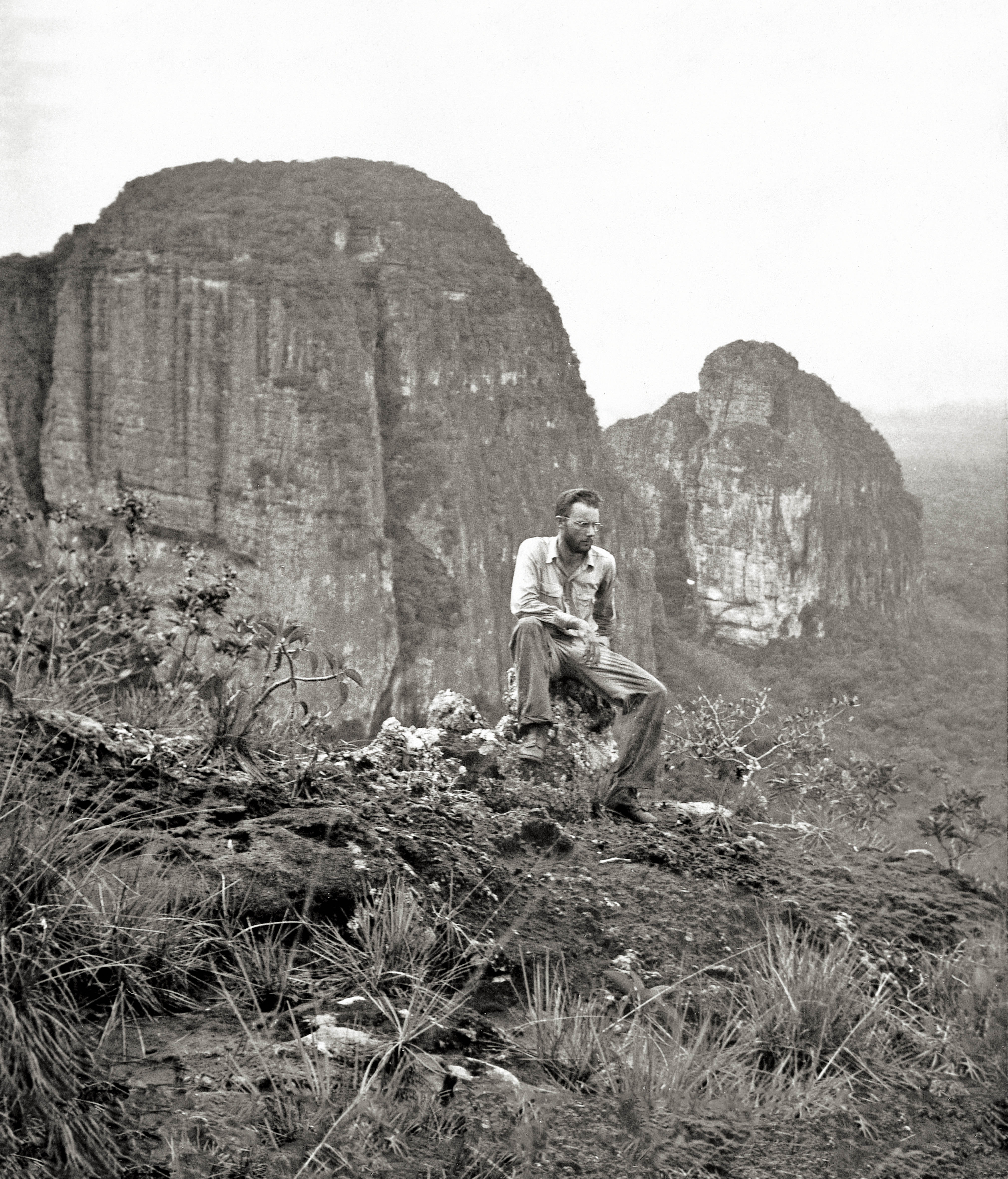
Think back to 1941. When you arrived in the Amazon for the very first time, what was your reaction, what were your feelings?
Richard Schultes: The immensity of the forest. I knew from books that the Amazon was rich in a number of species, but I never expected to see such a tangle of different roots, vines, lianas going up to the tops of 100-foot trees. And it is breathtaking. And it first took me maybe six months or a year to get used to this. What shall I collect, with all of these plants? Of course you wanted to collect everything! I had done some work in southern Mexico, but up in the highlands of Oaxaca in southern Mexico, which has a wonderful flora, but extremely limited in comparison with the wet lowland tropics of the Amazon. And with many plants that we have up here, like oaks and pines. I really didn’t feel that much out of New England in Oaxaca when I could see a white pine, but in the Amazon everything was different. That’s probably the first impression that I got. The second was of course to find these Indians so helpful, because I had read some of these books about how treacherous they were, and how dangerous it was for your life. I don’t believe in censorship, but I believe that some of our publishing houses should send manuscripts to people who have been in the Amazon before they publish some of the books.
How were you received by those Indians who had been so exploited by rubber producers in the past? How did you get along with them?
Richard Schultes: I never had any problems with Indians. The Indian in the Colombian Amazon — and I suppose everywhere else, until he is civilized — is a wonderful person. If he likes you — and I guess they liked me, and I liked them — if you act as a gentleman among these people, they are gentlemen. I was with them all the time that I worked there, because we had very few European-type people going down into that part of the Amazon. It’s not easy to get around because of rapids, and waterfalls, and lack of air service and so forth.
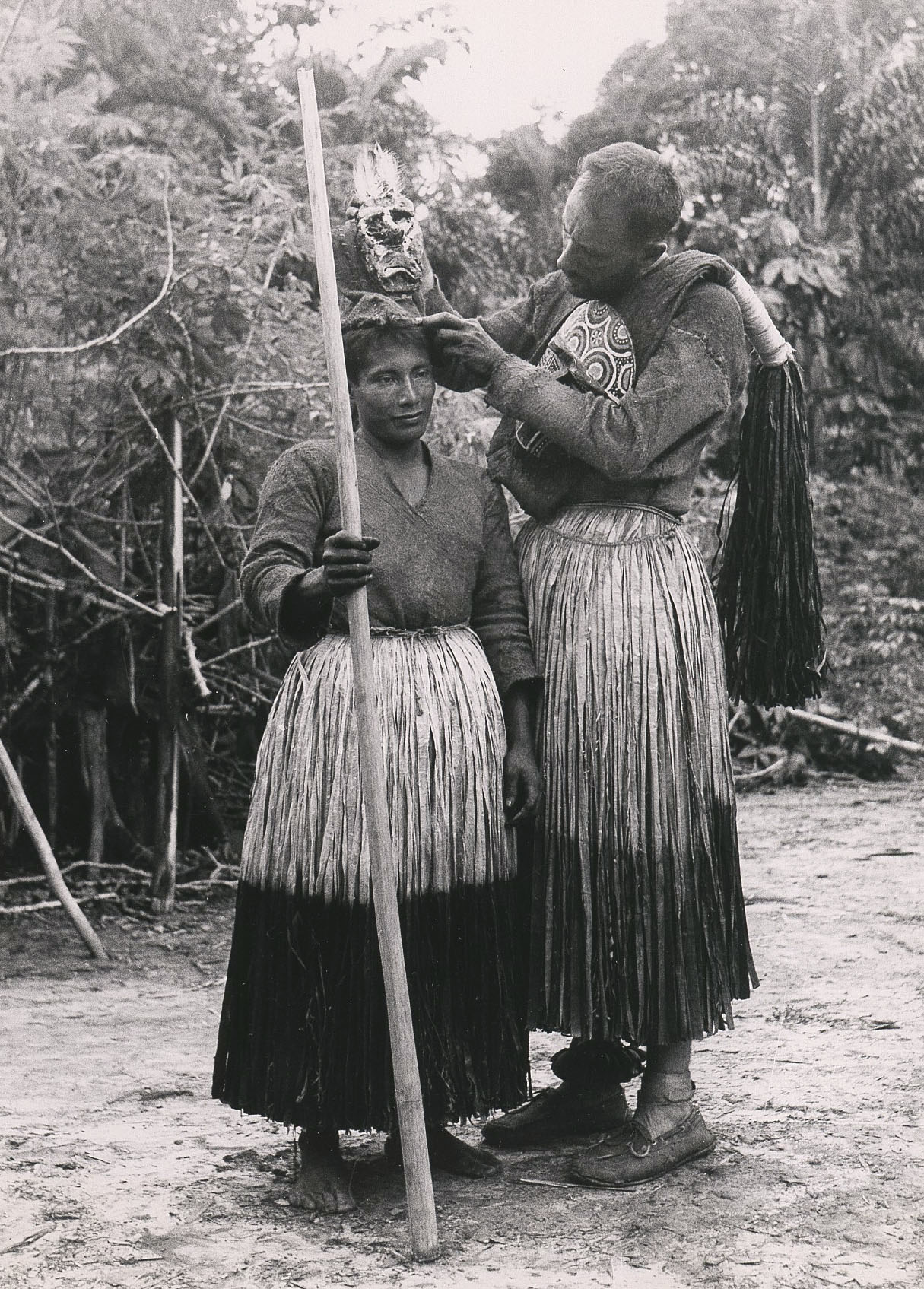
I understand that one group of Indians chose you to be a brother of the tribe. Why do you think they did that?
Richard Schultes: I could work for three or four months with one Indian or two Indians, and they’d go on trips with me, far away from their big round houses, which are called malocas. If one of these Indians says he will accompany you on a ten-day or two-week paddle upstream, you can be sure, if he is an uncivilized Indian, that he will do it and bring you back. If he knows that there is going to be a big tribal fiesta in a few days or a week, and he says he won’t go, the atom bomb wouldn’t make him go. There was one time they brought me back when I didn’t know much about it.
I had a heavy malarial fever, and I woke up in one of these big round houses in my hammock, which they had stretched up, and I was in it. If they had been some of our so-called civilized people, they would have left me in the forest and taken everything I had — adios! I never felt — one time I had a boy who worked with me about six weeks, seven weeks. After the first week he told me he’d killed a white man, and I knew the white man. And, the white man had been bothering this boy’s sister. There are no authorities down there, and they have to defend themselves that way. I kept right on working with this boy, and one of the best fellows I ever had. And these are the experiences that I remember: kindness, if you want to use this term, of these people towards this intruder from outside.
Was it difficult work?
Richard Schultes: People say it’s hard work.
I would consider being a bank teller behind a glass cage all day long would be far more difficult day after day after day, than to be free in the jungle of the Amazon. Every day something new happened. Every day I might be able to find a species new to science, which I was able to do. And any botanist who goes in a flora as big as that can do this. And, this is one reason why it’s an invigorating job. It’s not a difficult job. It becomes another job, a job that you are really interested in doing and knowing about people, different kinds of people, and in a flora so rich in species that the possibilities of becoming bored don’t exist.

When you make that discovery, when you find a plant that has uses that nobody had imagined, what are your feelings at that moment?
Richard Schultes: You have a feeling of achievement when you discover a new plant, even a plant that has no use. But if it has an interesting use, it gives you a lift, let’s put it that way. It’s a “thank you” for any work you put into finding this plant. I worked a lot with medicine men, or they call them shamans. I like the word medicine man because it is easily understood by people. And I never found them reticent. I read in these books that are written by people who go down for a month or two how you have to pry their secrets from them. I never found this. I was there and I saw what they were using. I could speak with them about their beliefs, especially their super-sacred plants.
I was very much interested, ever since my undergraduate years here at Harvard, when I wrote a paper on the peyote plant. That is a hallucinogen, a cactus of the Southwest and of Mexico. That interest carried through all my work. Among primitive peoples, I think in most parts of the world, certainly in the Amazon, there is no concept of organically caused sickness and death. It is all done by the invisible arrows from malevolent spirits. And, the hallucinogens are used in magical religious rites by primitive peoples. They’re not abused as they are in our country and Europe by “civilized” people who have adopted them and use them without that religious background. The medicine man, and sometimes the ordinary Indians, through these visions that most of them produce, think that they are able to confer with the ancestors, or with the malevolent spirits. And, the medicine man thinks he can diagnose diseases which are caused by these malevolent spirits and somehow — either with plants, or with mumbo-jumbo, or both, or with certain rituals and dances — affect cures.
Now, my interest in hallucinogens is purely medicinal. I have never been able to understand the use of hallucinogens to get the religious experience. I don’t believe we can get religion through chemical means. In that way we are different from the Indians who have thousands of years of background using these in so-called “magical” religious rites. They have no concept, as I said, of organically caused sickness or death. The Indian has to explain everything to himself. Why, thinking as an Indian, why do these few plants, out of a half a million in the world, have these unearthly effects on the mind, and sometimes on the body, that they think and transport into outer realms of space? They have to explain this, and they believe that in these plants there is a resident spirit. We know that this resident spirit is a chemical substance. I have often told my students that I have never been invited at the theological school at Harvard to lecture. I’m a scientist. If I am, I can go and draw the formula of these spirits, and that is more than any theologian can do with his gods. That’s the reason these plants are separated from the ordinary plants that have dyes or are foods, or rubbers, or have other uses, or no uses. These are set on a pinnacle, and they are not abused as they are by many people in our own country and in Europe, civilized people, because these plants are sacred to them.
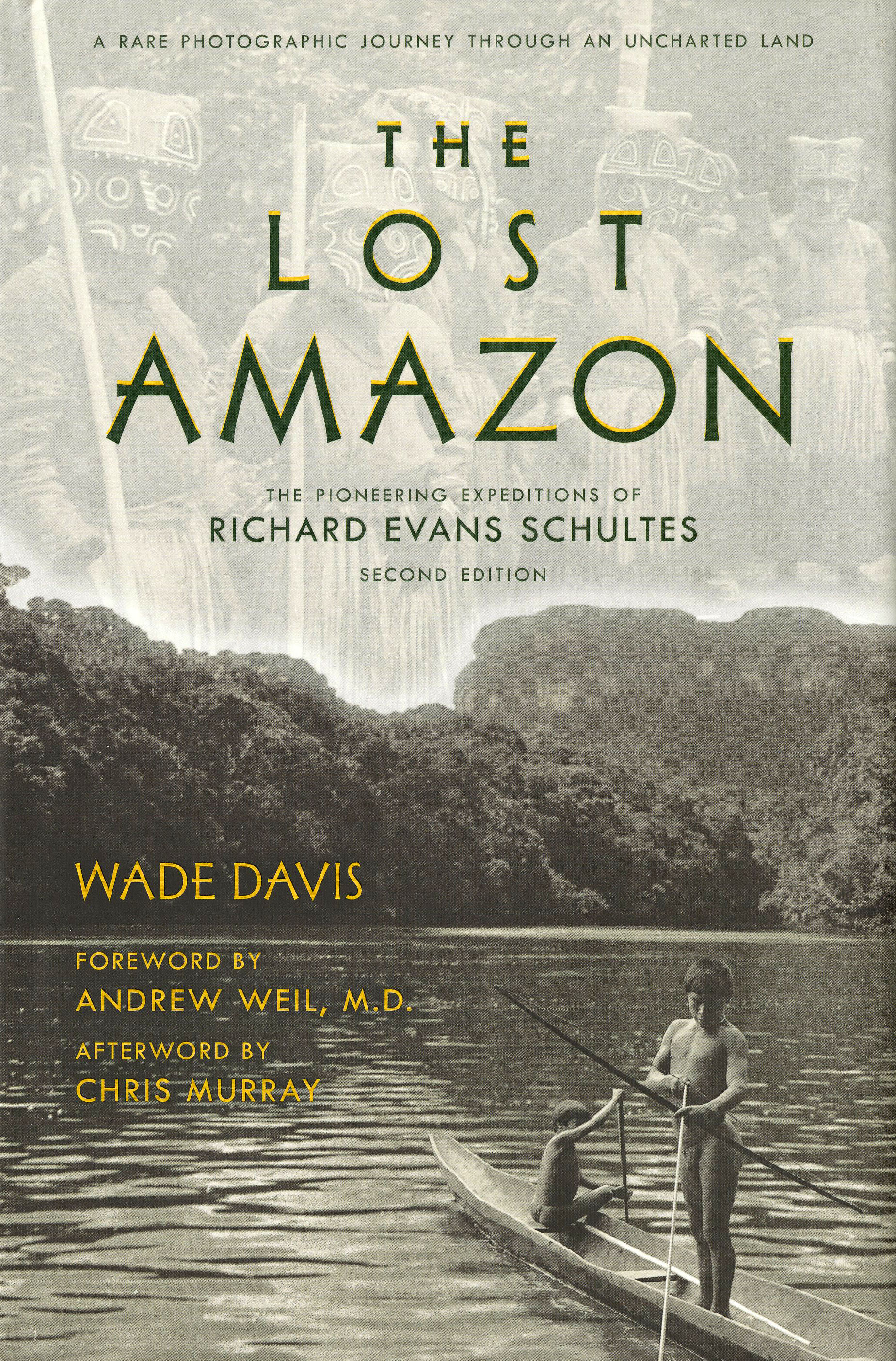
We are going to get a look at this blowgun that you have. Can you tell me what is the story behind this blowgun? Where did you get it?
Richard Schultes: Blowguns are used in most of the Amazon, especially in the western Amazon with poisoned darts. The natives hunt with them. They make many different kinds of curare, arrow poisons, from many different plants. One plant is of very great importance in medicine. The others have different chemicals. Some have been used, some have no use, except as poisons. They blow these little darts from these six- or eight-foot tubes that they make. And, they are very accurate. They can shoot birds on the top of a 100-foot tree. And not only that, of course. Some of the monkeys are very good eating! They go along in bands, and if they used a shotgun and missed, all the monkeys would be a mile away. If they miss with a blowgun, it’s silent. If it hits its mark, it doesn’t kill immediately. It relaxes the muscles so much that the monkey loses his grip and falls down, then they club him and he’s dead. And, the other monkeys say, “What a damn fool, you can’t hold on!” And then they get a second monkey. If they used a noisy firearm, the monkeys would be away. So, from that point of view it’s wonderful. The thing that I found intriguing was how they run through the forest with these eight- or nine-foot, big things.

